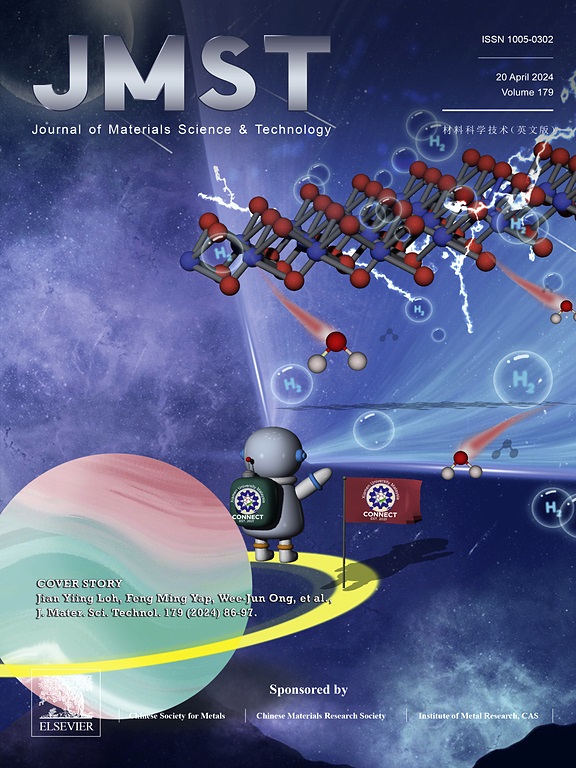Formation mechanism and microstructural evolution of bubbles during ultra-high temperature oxidation of multicomponent carbides
IF 11.2
1区 材料科学
Q1 MATERIALS SCIENCE, MULTIDISCIPLINARY
引用次数: 0
Abstract
Bubbles are prevalent defects on the oxidized surfaces of ultra-high temperature carbides, compromising structural stability and oxidation resistance. Despite their significance, the formation mechanisms and microstructural evolution of bubbles during ultra-high temperature oxidation remain inadequately understood. To address this gap, the bubble behaviors of multicomponent carbides, including (Hf,Ti)C, (Hf,Zr,Ti)C, (Hf,Zr,Ti,Ta)C, and (Hf,Zr,Ti,Nb)C, were investigated under oxidation conditions at 2500°C. The roles of various elements were elucidated through first-principles calculations. Results show that the formation of a dense composite oxide layer is essential for bubble generation, with the release of gaseous products serving as the primary driving force. The microstructure of the bubbles is influenced by the matrix composition. The addition of Ti, Ta, and Nb significantly lowers the surface energy of the shell oxides, providing preferential nucleation sites for bubbles. The progressive oxidation of Ti leads to the formation of a "TiO2-TiO-HfO2" multilayer structure at the bubble top, which evolves into a dendritic structure with prolonged oxidation. Ta and Nb further modulate the size and number of bubbles by altering the composition and surface energy of the shell oxides.

求助全文
约1分钟内获得全文
求助全文
来源期刊

Journal of Materials Science & Technology
工程技术-材料科学:综合
CiteScore
20.00
自引率
11.00%
发文量
995
审稿时长
13 days
期刊介绍:
Journal of Materials Science & Technology strives to promote global collaboration in the field of materials science and technology. It primarily publishes original research papers, invited review articles, letters, research notes, and summaries of scientific achievements. The journal covers a wide range of materials science and technology topics, including metallic materials, inorganic nonmetallic materials, and composite materials.
 求助内容:
求助内容: 应助结果提醒方式:
应助结果提醒方式:


